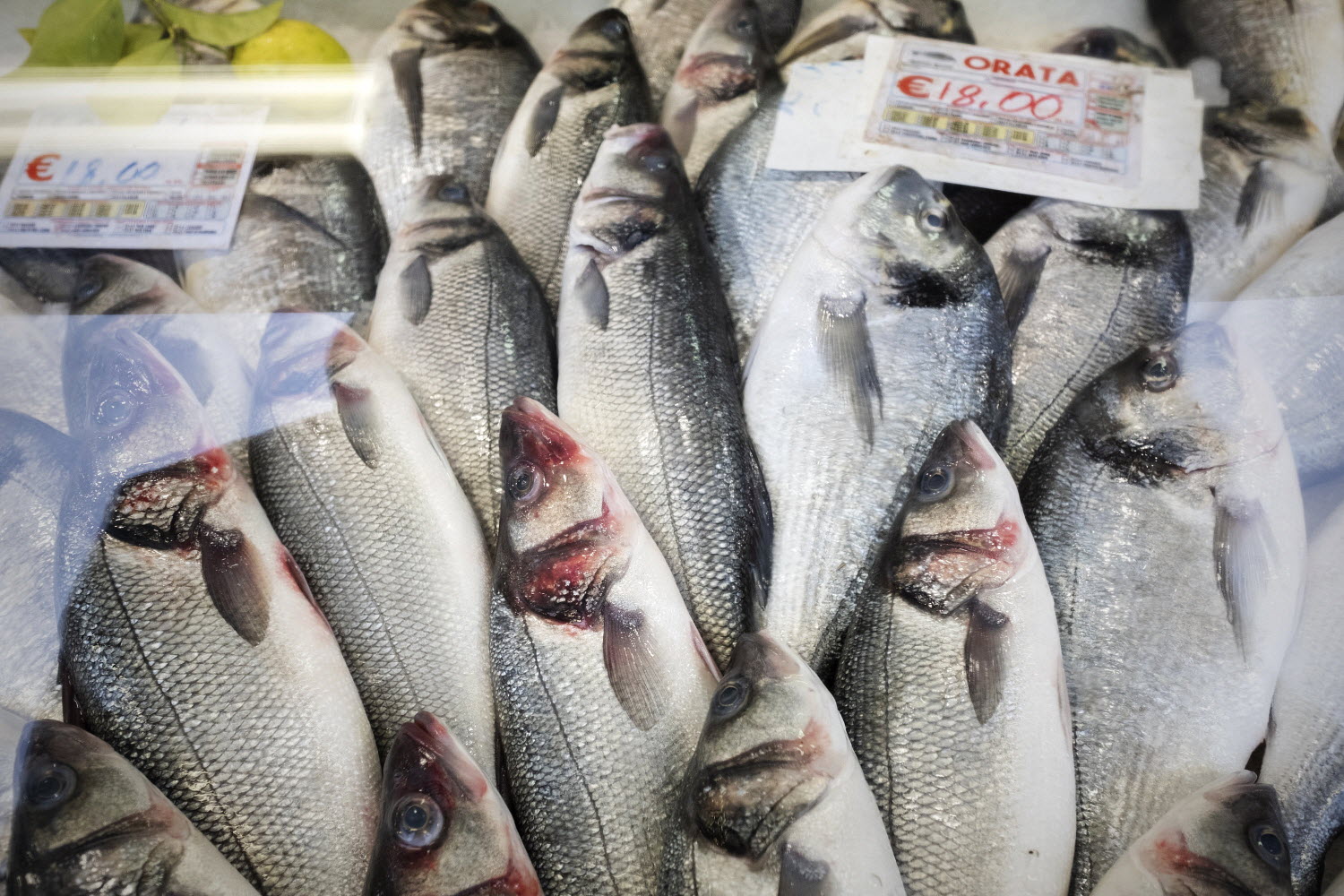Seabass and seabream: prices rise as farmers grapple with costs

Strong sales in core markets over the summer have helped to firm up demand for seabass, while there remains a glut of seabream on the market. Prices for both are high, and harvests increased noticeably in 2022, although farmers continue to face high costs for inputs.
Production
Higher prices for seabass in 2021 would appear to have coaxed a concerted response from farmers in the Mediterranean area. A significant jump in production is expected for 2022, amounting to some 15 000 tonnes (6 percent) more fish coming out of pens this year compared to 2021. The market will likely remain firm throughout the year, with supplies still some 3 000 tonnes (6 percent) below their peak of 2019.
Greece is expecting a bumper harvest of both bass and bream in 2022. Strong demand in key markets such as Italy, where Greece holds a 40 and 50 percent market share for bass and bream, respectively, have helped push producers to raise stocking levels. Yields of the two species are expected to reach close to 150 000 tonnes in 2022, a 12 percent increase from 2021.
Croatia has been steadily increasing their stocking of seabass and now produces as much as Italy, an impressive feat for a country with a mere fifteenth of the population.
Annual inflation rates across the European Union climbed to nearly 10 percent, levels not seen since the 1980’s. This has impacted the entire value chain, with everyone from consumers to retailers struggling to rebalance prices. The cost of feed averages 70 percent of bass and bream farmer’s expenses, and with prices for grain and fish oil skyrocketing in recent months farmers have struggled to pass on costs.
While inflation is old news in Türkiye, the leading global producer of bass and bream, now things have gone from bad to worse. The annual inflation rate stood at close to 80 percent in July, compared to 20 percent this time last year, adding to the instability of the economy, although a consistently weakening Turkish lira has aided exports to the European Union somewhat.
Trade
The European market has seen imports of both bass and bream exceed pre-pandemic levels in key markets. Demand in Italy, the main importer of bass and bream, has remained strong in the first half of 2022, with increased imports from Greece and Croatia keeping the market steady. Trade peaked in May, with volumes of seabass up by 8 percent on the same period in 2021.
In smaller markets such as Spain and France, imports of both species also rose across the board. Total supply for these two markets increased to 19 900 tonnes in the first half of 2022, up by 21 percent on the same period last year; greater supply from Greece and Türkiye accounted for much of this growth.
Prices
Strong demand pushed bass prices up throughout the first half of 2022. In Mercamadrid they reached record highs over the summer, with medium sized fish selling for EUR 6.80 per kg in mid July, up from 5.60 per kg in July 2021.
Following brisk demand over the winter period, bream prices have risen across most sizes throughout the first half of 2022, with medium sized fish selling for EUR 5.60, up from EUR 4.80 this time last year. Larger fish did exhibit irregular pricing, as they fell from 7.10 per kg in January 2022 to EUR 5.50 in early May before recovering to EUR 7.20 in mid-July.
Outlook
Supply of bass is expected to remain tight at least until next year, while production of bream will remain readily available. While production levels have been climbing since 2020, the shortfall in Turkish supply continues to be felt by the market, with supply expected to fall short of 2019 levels by 1.5 percent. While prices are high, much of the increased dividends will be going towards sating farmers’ margins, which are now considerably tighter.

